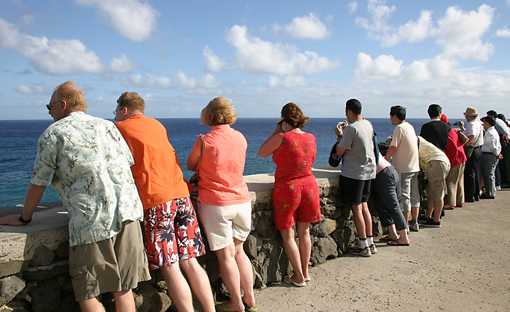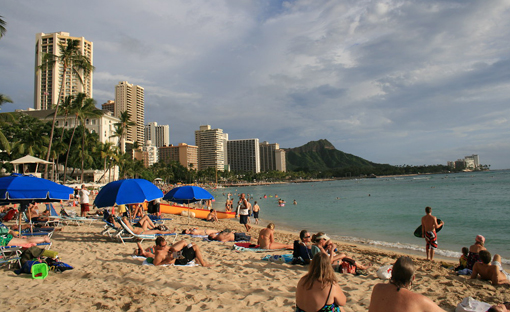The aftermath of devastating wildfires on Hawaii’s Maui Island has brought to light a growing divide between tourists continuing their vacations and the locals reeling from the disaster. Officials had urged visitors to leave the island to support recovery efforts, but thousands chose to stay or even flew in after the fires. This decision has
The aftermath of devastating wildfires on Hawaii’s Maui Island has brought to light a growing divide between tourists continuing their vacations and the locals reeling from the disaster. Officials had urged visitors to leave the island to support recovery efforts, but thousands chose to stay or even flew in after the fires. This decision has sparked frustration among residents, who see it as a lack of solidarity during a time of crisis.
Maui is a popular tourist destination, with its “visitor industry” contributing significantly to the island’s economy. However, the catastrophic wildfires have amplified the existing “two Hawaiis” – the tourist-oriented areas and the realities faced by the locals. The wildfires not only left destruction but also laid bare the socio-economic disparity between those directly affected and the insulated tourist hotspots.

The island’s economic reliance on tourism is evident, as visitors contribute to four out of every five dollars generated on Maui. Despite this, some locals believe that during times of crisis, tourists should step back to prioritize the recovery of the affected communities.

As Maui grapples with the aftermath, sentiments of anger and disappointment have emerged, highlighting the complexity of the situation. On one hand, there is a desire to protect the local economy that depends on tourism, but on the other hand, there is a call for empathy and understanding toward those who have lost homes and loved ones.
The tragedy has also raised concerns about the island’s future development. There are fears that the rebuilding process might prioritize catering to wealthy visitors, potentially changing the landscape and culture of the affected areas.

While the wildfire’s devastation is a shared reality, the different responses of tourists and locals have underscored the need for greater community cohesion and understanding. The tragedy has not only left physical scars but also exposed the intricacies of a tourist-driven economy in the face of a crisis.



















Leave a Comment
Your email address will not be published. Required fields are marked with *